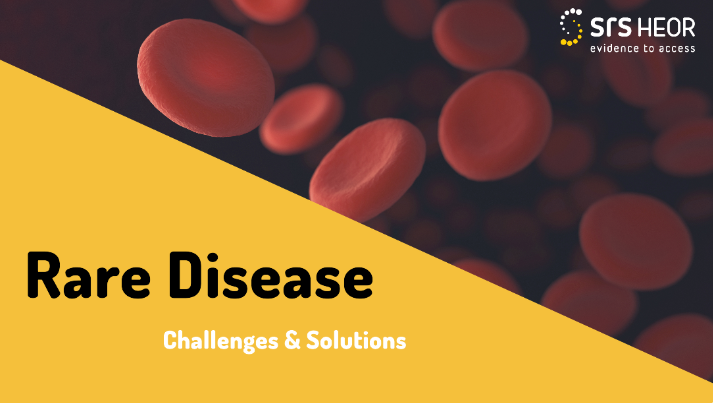
Within the broad field of human health, there is a subset of conditions known as rare diseases that are frequently disregarded despite having a significant impact. These mysterious illnesses, sometimes called orphan diseases, affect millions of people worldwide and come with their own special set of difficulties and mysteries.
Individually, rare conditions don’t have many patients. Nonetheless, millions of people worldwide are affected by the more than 7,000 rare diseases that have been discovered. There are no known treatments for most of these conditions. This should be changed immediately but unfortunately, research into rare diseases can move slowly at times.
Because rare diseases are relatively uncommon, researchers working on them encounter several obstacles that impede the advancement of their discoveries. Helping translational science projects get off the ground and into the next stage of development can help address some of these issues and move novel therapies, diagnostics, and equipment out of the lab.
Challenge 1: Funding and Investment
Commercial companies may be deterred from investing in early-stage research due to the associated risks and high costs. A low patient volume may indicate a limited market and return on investment.
This is where funding for research on rare diseases can be provided by some nonprofit organizations, which can fill the gap by reducing risks, lowering expenses later, and raising the chance of success. Investment by non-profit organizations in early-stage research maximizes the possibility that the study will eventually receive more funding from commercial or industry partners. Being independent, nonprofit organizations are free to take chances and fund initiatives that others might not be able to.
Challenge 2: Fast & Accurate Diagnosis
Diagnosing rare diseases presents numerous difficulties. Since rare diseases may only be encountered once in a healthcare professional’s career, symptoms of these conditions can overlap with those of more common illnesses, making diagnosis more difficult. Another is making sure that validated tests are used in healthcare environments.
To identify rare diseases earlier, we need to figure out how to better train general practitioners and develop diagnostic instruments for rare diseases.
Challenge 3: Ensuring Entry & Retention of Therapy in the Market
The first step in tackling this challenge is to advance research and develop diagnostics and treatments. Another is making sure treatments for rare diseases reach and remain on the market.
Since they are not profitable, many medications for rare diseases are taken off the market even though their efficacy has been demonstrated. This may be true for expensive medical procedures like gene therapy.
To solve this issue, new business models that could increase the commercial attractiveness of rare disease therapies should be investigated. These models include incentive programs and reimbursement plans, as well as who holds the market authorization (license) for the treatment. This will guarantee that those in need can continue to access treatments for rare diseases even after they are approved.
Challenge 4: Navigating the Way to the Clinic
It is difficult to translate a scientific paper’s findings into a practical treatment or diagnosis. It necessitates understanding of procedures like manufacturing, commercialization, regulation, and intellectual property management—areas in which many researchers are untrained.
For instance, stringent regulatory procedures and manufacturing standards are required to introduce novel gene therapies into clinical trials.
Challenge 5: Lack of Collaboration and Infrastructure
Even though there is already a lot of collaboration within the rare disease community, there is still room for improvement in terms of pooling resources to advance research and overcome obstacles.
Funders in this field should concentrate on enhancing infrastructure and promoting a more coordinated strategy for researching rare diseases.
Challenge 6: Lack of Data on Rare Diseases
Frequently, we have very little knowledge of uncommon conditions, including their frequency, signs, and methods of diagnosis. More thorough data collection is essential if we are to improve our ability to identify and treat uncommon diseases.
We should be in a better position than ever to utilize data, thanks to the development of artificial intelligence (AI) and electronic patient record systems. Rare diseases still present a number of significant challenges, though, and this is something we need to work upon to investigate further in the future.
Conclusion
Addressing the challenges associated with rare diseases requires a multifaceted approach that includes increased funding and investment, faster and more accurate diagnosis, ensuring the availability of therapies in the market, navigating the path to clinical application, improving collaboration and infrastructure, and enhancing data collection. By tackling these obstacles, we can pave the way for better understanding, diagnosis, and treatment of rare diseases, ultimately improving the lives of millions affected by these conditions worldwide.


